As parents, we understand the pivotal milestone of potty training in our child’s development journey. It’s not just about teaching them to use the toilet; it’s about instilling independence, confidence, and essential life skills. In this modern age of parenting, where we’re bombarded with various techniques and methods, one strategy stands out as a beacon of success: potty training rewards.

What Potty Training Rewards Work Best For Little Kids?
Picture this: your little one mastering the art of using the potty with enthusiasm and confidence, all thanks to a simple yet powerful tool – rewards. It’s not just about bribing or coaxing; it’s about harnessing our children’s innate desire for affirmation and progress.
This article delves deep into potty training rewards, uncovering their significance in shaping positive behaviors and fostering a sense of accomplishment in our little ones. Join us as we embark on this journey toward potty training success, armed with the knowledge and understanding of how rewards can transform the experience for both parent and child.
Why Potty Training Rewards?
Potty training rewards are more than just tokens of appreciation; they are powerful tools that parents can leverage to guide their child through this important developmental milestone. Essentially, they are incentives offered to children for successfully using the potty, reinforcing their positive actions and motivating continued progress.
Now, let’s delve into the psychology behind these rewards. At the core of it lies the principle of positive reinforcement. When a child receives a reward, whether it’s a sticker, a high-five, or a special treat, their brains release dopamine, the feel-good neurotransmitter. This creates a sense of pleasure and satisfaction, reinforcing the behavior that led to the reward. Over time, as this cycle repeats, the desired behavior – using the potty – becomes ingrained in the child’s routine.
The effectiveness of rewards in shaping a child’s behavior cannot be overstated. By offering incentives for desired actions, parents create a positive association with using the potty, turning it from a mundane task into a rewarding experience. This not only encourages compliance but also boosts the child’s self-esteem and confidence as they master this new skill.
In essence, potty training rewards serve as gentle nudges along the journey toward toilet independence, guiding children with positivity and encouragement. By understanding the underlying psychology and harnessing the power of rewards, parents can transform the potty training experience into a joyous and rewarding adventure for both parent and child.
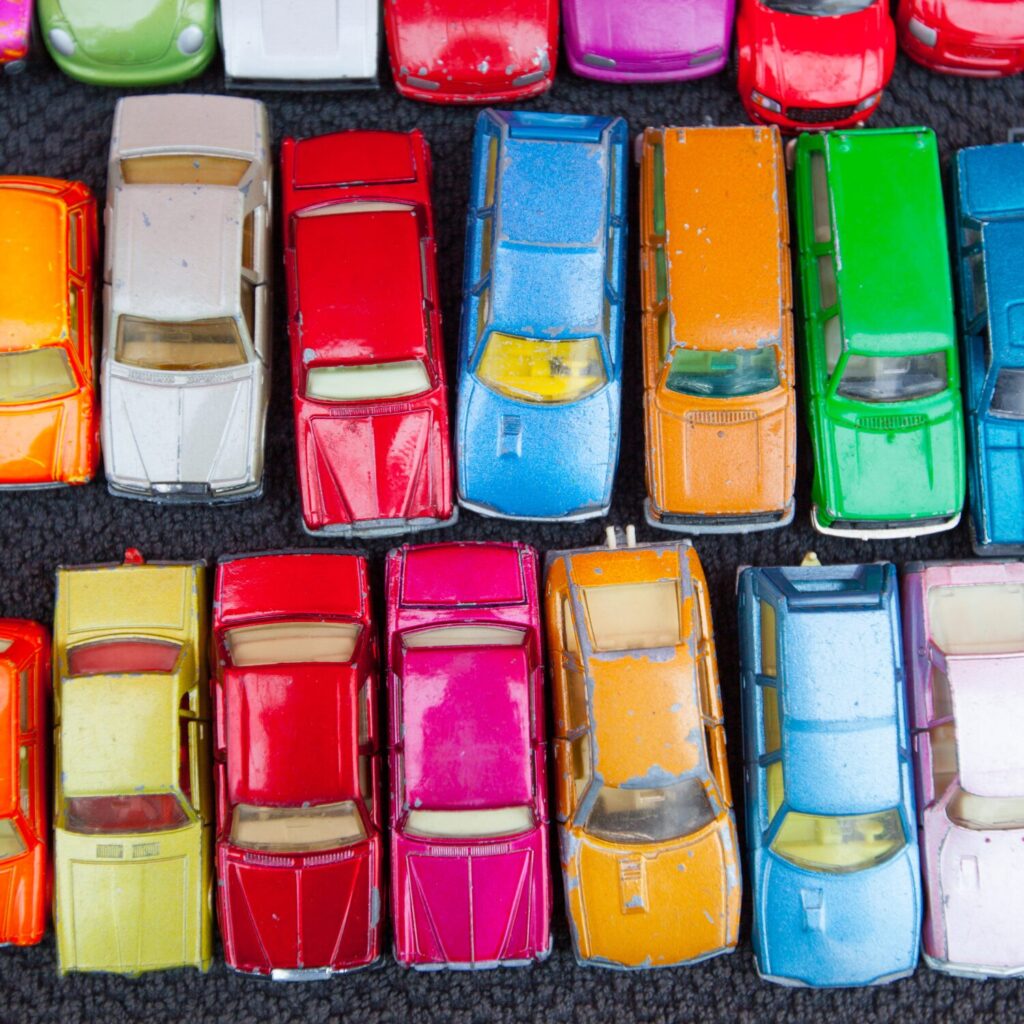
Examples of potty training rewards
If you are looking for reward ideas for your potty training journey, here is a potty prize list that will inspire positive behavior. The extra incentive can go a long way. After all, who doesn’t enjoy a fun treat every once in a while? Just make sure that the little prizes are manageable for you.
- Stickers
- Small prizes
- Matchbox cars or a monster truck
- A trip to the Dollar Store
- Silly story time
- Temporary tattoos
- Potty training chart
- Food rewards like jelly beans or a piece of candy
- Big hug
- Praise and encouragement
- Extra playtime
- Special outing with a parent
- Small toy or trinket
- Favorite snacks or treats
- Coloring books
- Play-dough
- Personalized certificate of achievement
- Storytime before bed
- Extra screen time (e.g., watching a favorite show)
- Bubble bath time
- Choosing a new book at the bookstore
- Time to play with a favorite toy or game
- Privilege of picking out their own outfit for the day
- Sticker book
- Reward jar with tokens that can be exchanged for larger rewards
- Trip to the park
- Extra bedtime story
- Temporary access to a favorite electronic device (e.g., tablet, smartphone)
- Dance party
- Building blocks or Legos
- Trip to the zoo or aquarium
- Coloring pages
- Puzzles or brain teasers
- Time to play with friends
- DIY craft kit
- Special one-on-one time with a parent (e.g., baking cookies together)
You can keep these little treats in a treasure chest that is easy for the young child to access. That way, they can receive their immediate reward whenever they are successful. It will feel like having a toy store at home.
This post contains affiliate links. Affiliate links that support Lady and the Blog at no additional cost to you. I will receive a small commission if you choose to make a purchase on this post.
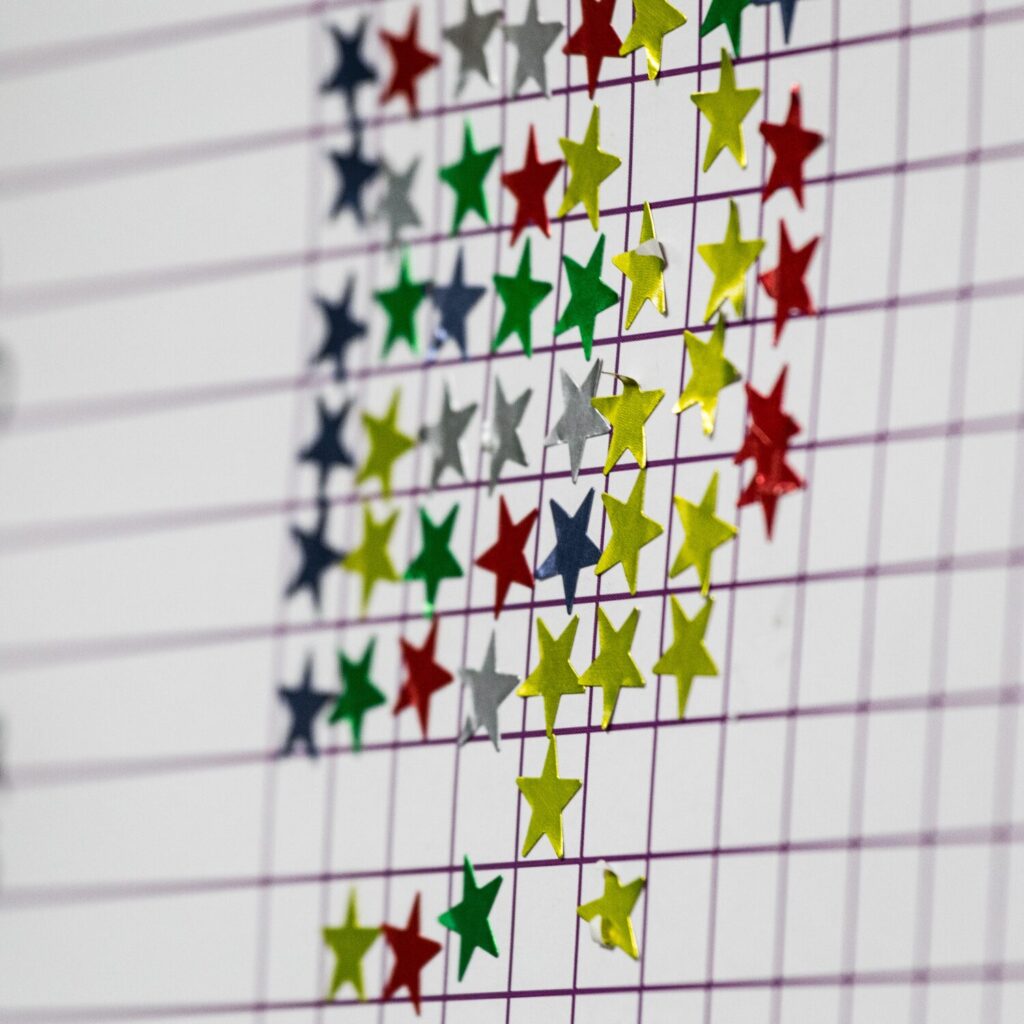
How to use a potty training reward chart
Some parents like to have a visual representation of their toilet training adventures. While the potty training reward idea is a great idea, potty success can happen many different ways. Using a potty training reward chart can be an effective way to track your child’s progress and incentivize positive behavior. Here’s a step-by-step guide on how to use one effectively:
- Choose or Create a Chart: You can find a pre-made potty-training chart online or in stores, or you can create your own using poster board, stickers, markers, and your child’s favorite colors or characters. Making a potty chart chart with your child can be part of the process.
- Set Clear Goals: Determine your specific behaviors or milestones to reward. This could include using the potty without reminders, staying dry for a certain period, or washing hands afterward.
- Explain the Chart to Your Child: Introduce the chart to your child positively and encouragingly. Explain that every time they complete a task related to potty training, they’ll earn a sticker or mark on the chart.
- Place the Chart in a Visible Location: Hang the chart in a prominent place where your child can easily see it, such as the bathroom or bedroom.
- Choose Rewards: Decide on the rewards your child will earn for reaching certain milestones or accumulating a certain number of stickers on the chart. Make sure the rewards are motivating and age-appropriate.
- Use Consistent Reinforcement: Whenever your child completes a potty training task, immediately praise them and allow them to place a sticker or mark on the chart. Consistency is key to reinforcing positive behavior.
- Celebrate Milestones: When your child reaches a certain number of stickers or marks on the chart, celebrate their achievement. This could involve giving them a small reward or simply praising them for their progress.
- Adjust as Needed: Be flexible and willing to adjust the chart and rewards as your child’s needs and progress change. If they’re struggling with certain tasks, consider modifying the goals or offering additional support.
- Gradually Phase Out Rewards: As your child becomes more proficient in potty training, you can gradually reduce the frequency of rewards or transition to other forms of reinforcement, such as verbal praise or special privileges.
- Provide Continued Support and Encouragement: Potty training can be a challenging process, so continue to offer your child plenty of support, encouragement, and patience as they work toward mastering this important milestone.
Graduating to big kid underwear is harder for some children than others. Remember to adjust your potty training goals as needed.
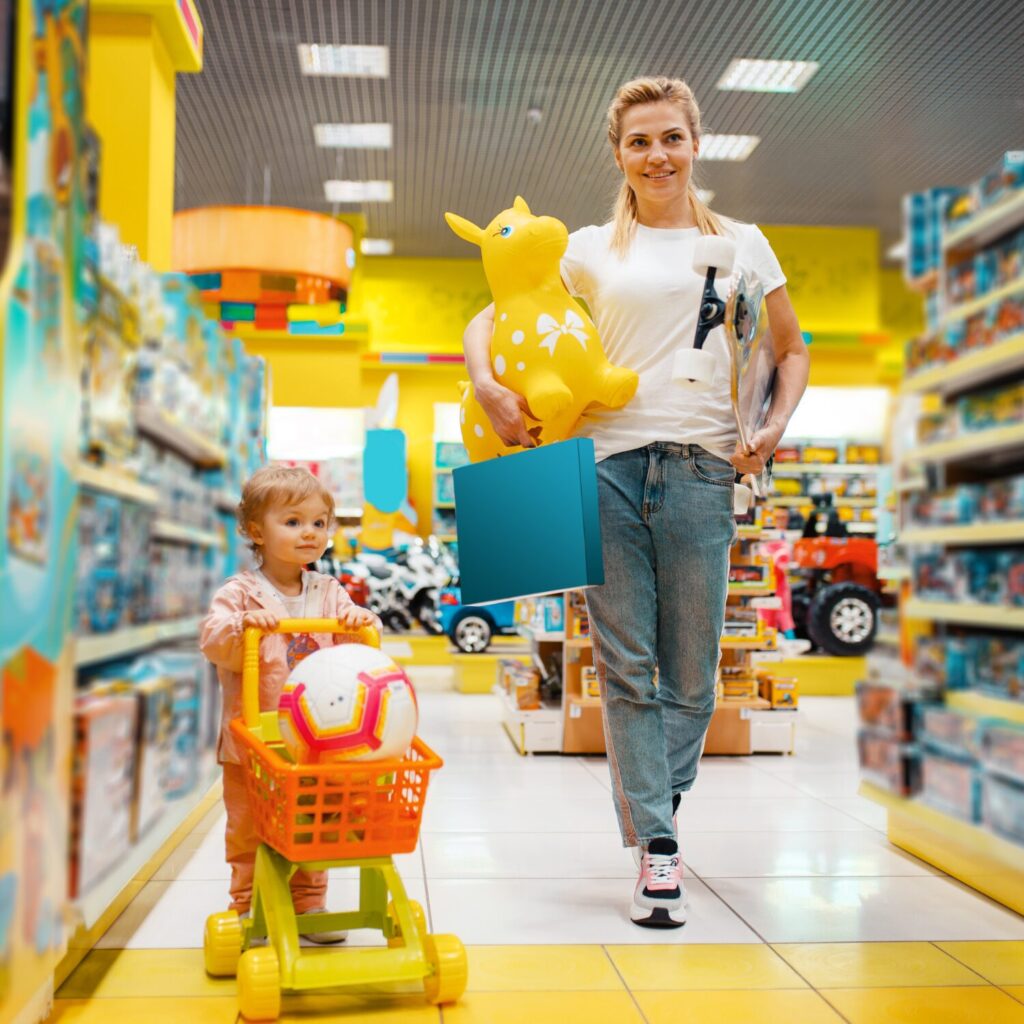
How much should I spend on potty training rewards?
Determining how much money to allocate for potty training rewards is influenced by various factors such as your financial situation, your child’s preferences, and the effectiveness of the rewards. Firstly, consider your budget and how much you’re comfortable spending on rewards.
Establishing a reasonable budget that aligns with your family’s financial resources is essential. Next, assess the cost of potential rewards. These can range from inexpensive items like stickers or small toys to more costly treats or outings.
Decide on the rewards that fit your budget while still motivating your child. Additionally, think about how often you plan to offer rewards for successful potty training behavior. If rewards are given frequently, opting for lower-cost items can help manage expenses.
However, keep in mind that not all rewards need to involve spending money. Verbal praise, extra playtime, or special privileges can equally reinforce positive behavior. Lastly, get creative with your rewards to keep costs down.
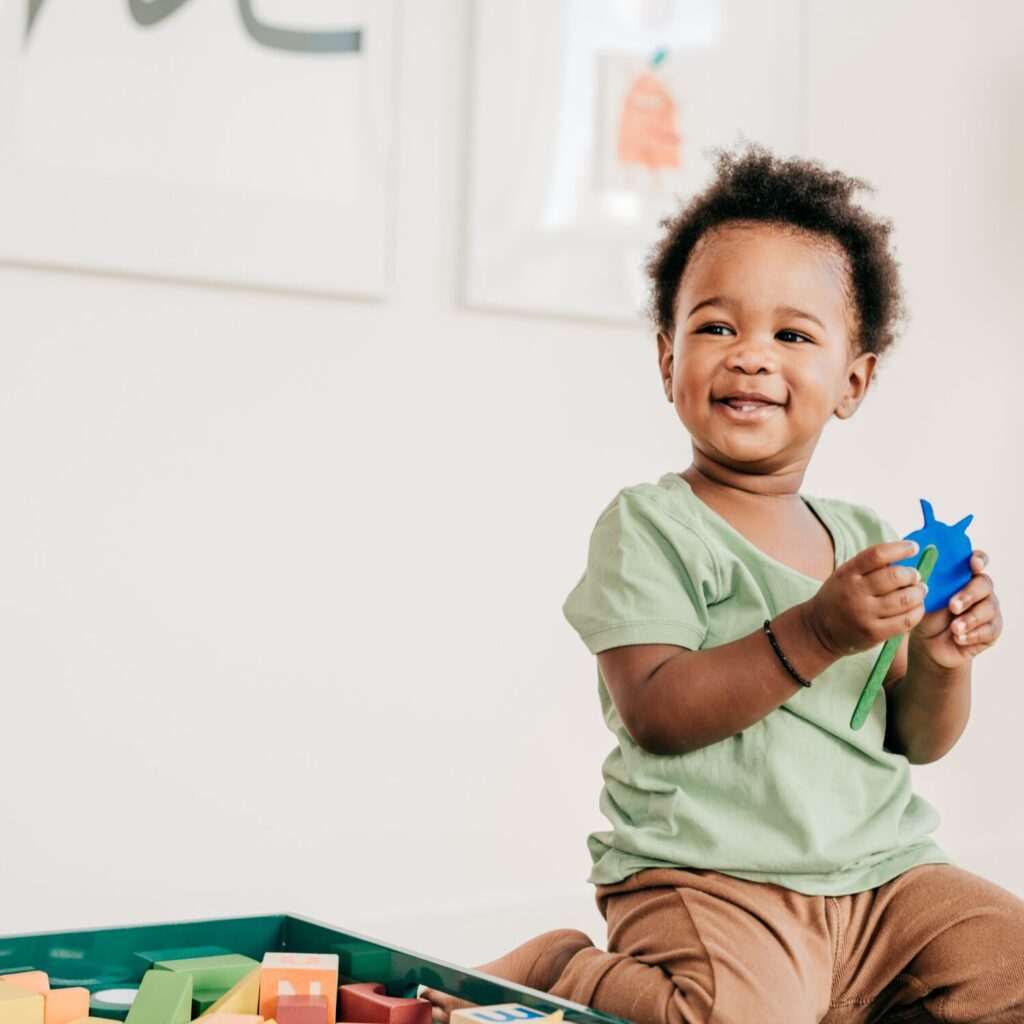
20 Examples of Free Potty Training Awards
Here are 20 examples of free potty training rewards:
- Verbal praise and encouragement
- High-fives or fist bumps
- Clapping and cheering
- Special “potty dance”
- Extra playtime with a favorite toy
- Choosing a favorite activity for the family to do together
- Creating a “potty champion” certificate at home
- Letting the child pick a special song to sing or dance to
- Giving them a big hug or a pat on the back
- Reading an extra bedtime story
- Having a special snack time together
- Playing their favorite game together
- Offering a sticker or star drawn by hand
- Making a colorful “potty progress” poster together
- Allowing the child to choose what’s for dinner one night
- Offering a “potty pass” that allows them to choose a small privilege
- Creating a potty-themed craft together, like making a toilet paper roll binoculars or a handprint toilet seat cover
- Having a “potty party” with their favorite music playing while they use the toilet
- Letting them wear a special “potty training” crown or badge for the day
- Making a “potty training success” jar where they can collect small pebbles or beads for each successful trip to the potty, then celebrating when it’s filled.
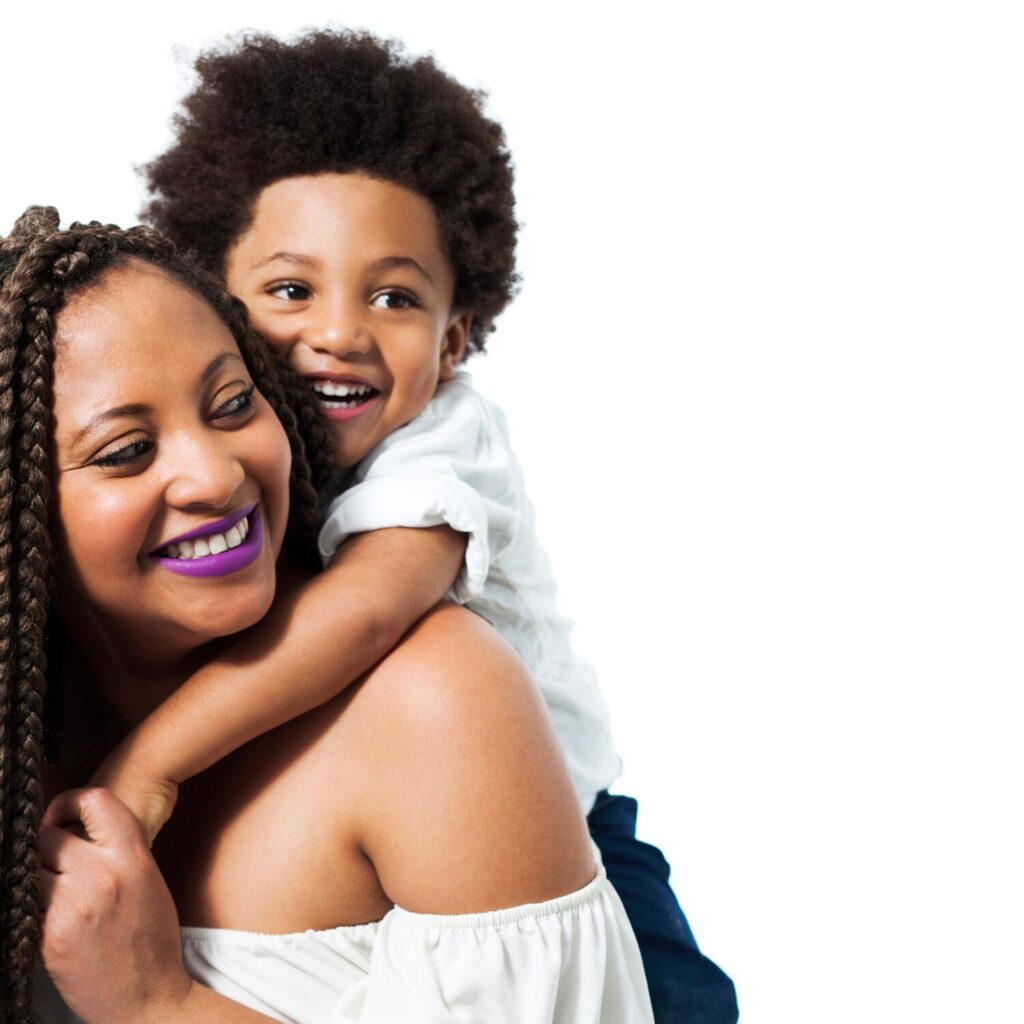
How To Reinforce Positive Behavior
Reinforcing positive behavior is essential in the potty training process, as it encourages children to continue practicing the desired actions and fosters a sense of accomplishment and confidence. Consistently rewarding positive potty training behaviors is paramount in this regard.
When children receive rewards such as stickers, praise, or special privileges immediately after using the potty successfully, they associate the action with positive outcomes, strengthening the likelihood of repetition.
Consistency is key here; parents must ensure that rewards are given consistently every time the desired behavior occurs, reinforcing the connection between using the potty and receiving a reward.

How to Transition Away From Rewards
As children grow more proficient in their potty training efforts, it’s natural for parents to consider moving away from tangible rewards and focusing instead on nurturing their child’s intrinsic motivation and sense of accomplishment. This transition should be gradual and mindful, ensuring the child remains motivated and confident in their abilities.
Parents can begin by gradually reducing the frequency or size of rewards while still providing verbal praise and encouragement for successful potty trips. Emphasizing the intrinsic rewards of using the potty, such as feeling proud of their accomplishments or enjoying newfound independence, can help maintain motivation during this transition.
Parents must continue offering support and encouragement throughout this phase, celebrating their child’s progress and providing reassurance. By fostering a positive and supportive environment, parents can help their children develop lasting independence in their potty training journey, setting them up for success in future milestones.

Should I have a potty party?
A “potty party” can be a fun and celebratory way to mark significant milestones in your child’s potty training journey. It’s a chance to celebrate their achievements and reinforce positive behavior. However, whether or not to have a potty party ultimately depends on your child’s personality, family traditions, and what you feel would be most beneficial for your child.
Here are some factors to consider:
- Your Child’s Preferences: Some children may love the idea of a potty party and find it motivating, while others may feel overwhelmed or embarrassed by the attention. Consider your child’s temperament and comfort level before planning a party.
- Timing: Potty parties are typically held after reaching significant milestones, such as consistently using the potty for a certain period or achieving dryness at night. Make sure your child has made enough progress to warrant a celebration.
- Family Traditions: Some families have traditions of celebrating milestones in special ways, such as with parties or special outings. If this aligns with your family’s values, a potty party could be a meaningful way to celebrate your child’s achievements.
- Positive Reinforcement: Celebrating your child’s successes with a party can reinforce their potty training efforts. It can reinforce the idea that using the potty is a positive and rewarding experience.
- Alternative Celebrations: If a full-blown party doesn’t feel right for your family, consider alternative ways to celebrate, such as a special outing, a small family gathering, or a special treat or activity.
Ultimately, the decision to have a potty party is a personal one that should consider your child’s preferences and your family’s values. If you think it would be a fun and meaningful way to celebrate your child’s achievements and reinforce positive behavior, go for it!
Hopefully, you feel better with these potty-training tips and rewards system ideas. You get a gold star for making it to the end! Potty training is a major milestone and a big deal for little kids. Enjoy the process and don’t worry about rushing through. Make potty training fun.
